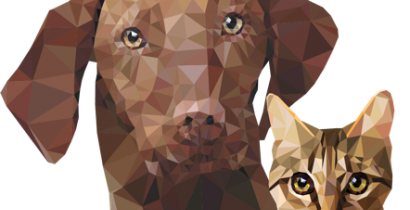TICK-BORNE ENCEPHALITIS
Tick-borne encephalitis (TBE) is a viral disease of the central nervous system transmitted through bites of certain vector ticks. It should be considered as a general term encompassing at least three syndromes caused by three subtypes of the tick-borne encephalitis virus, whose range spans an area from France and Scandinavia, across Europe (Central European tick-borne encephalitis), to far eastern Russia (Russian spring-summer sncephalitis).
TBE is considered to be the most relevant and dangerous viral zoonosis in North-east Europe, but also emerging in northern and central regions of the continent. Common ticks like the Castor Bean tick, Ixodes ricinus, and the Taiga tick, Ixodes persulcatus, are thought to be the main reservoir and vector of the pathogen.
Pathogens
Epidemiology
Transmission
Pathogenesis
Diagnosis
Clinical Signs
Treatment and Prevention
References
Further Reading
PATHOGENS
Tick-borne encephalitis virus (TBEV, genus Flavivirus) causes tick-borne encephalitis (TBE), locally known as Russian spring-summer encephalitis (RSSE), Frühsommer-Meningoenzephalitis (FSME), Ryssjukan or Kumlingesjukan. Viruses of the genus Flavivirus form different antigenic complexes. The main complexes of medical importance are TBE (e.g., TBEV, Louping Ill virus, Powassan virus), dengue (dengue virus 1 to 4) and Japanese encephalitis (e.g., West Nile virus and others).
TBEV can be divided into at least three subtypes:
- European subtype: mainly transmitted by Ixodes ricinus
- Siberian subtype: mainly transmitted by Ixodes persulcatus
- Far-Eastern subtype: mainly transmitted by Ixodes persulcatus
The subtypes can be distinguished by molecular means. They comprise different virulence patterns in humans and possibly also in animals.
The family Flaviviridae contains a number of viruses that are known to be transmitted by arthropods to warm-blooded animals during blood feeding. Replication of the virus in the arthropod vector is observed, which may lead to a more effective transmission to the host, as a constant and high virus titre can be reached in the arthropod. These viruses are commonly called ARBO viruses (arthropod-borne) in contrast to those, which are known to be transmitted only mechanically by arthropod vectors.
EXPLORE OUR CONTENT
 CVBD MapsThe CVBD Occurence World Map presents country-specific situations based on current scientific knowledge and feed-back from experts around the world in an easy-to-grasped way. |
| Read more-> |
 ResourcesElanco Animal Health supports education in parasitology and especially in the field of vector-borne diseases. Access image collections, discover the World Forum calendar, interesting links and our glossary. |
| Read more-> |
 CVBD World ForumThe CVBD World Forum is a working group of leading international experts with the mission to enhance knowledge and communication on companion animal vector-borne diseases for the improvement of animal, human, and environmental health. |
| Read more-> |
